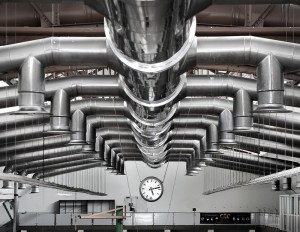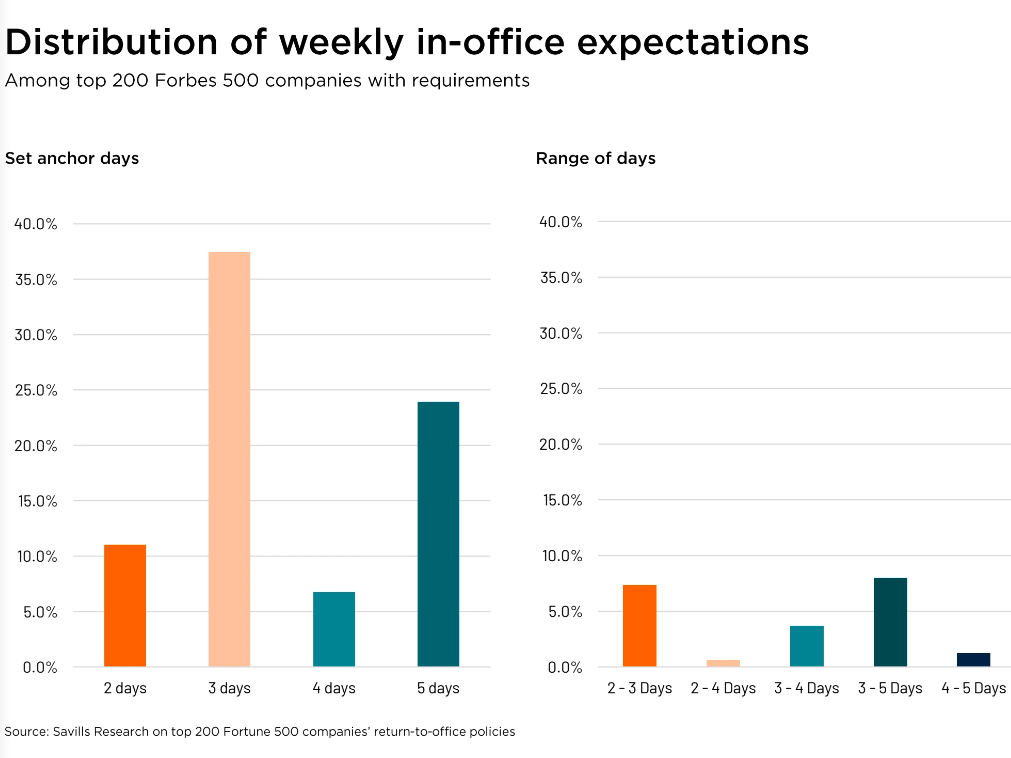Industrial Subleasing Strategies
Second-hand space is on the rise. What are the best ways to lease it?

Image courtesy of Foto-RaBe via pixabay
When Amazon announced it was shedding excess warehouse space, many wondered if this was the canary in a coal mine. Could this be the start of a major space giveback that would impact asking rents and slow down investment activity? Could the ecommerce engine that has fueled all the leasing and investment activity be stalling?
While there is definitely more subleasing activity of late, experts say the increase probably indicates rightsizing rather than downsizing.
READ ALSO: How Deals Will Fare in 2023, according to PwC
During the pandemic, many industrial tenants either leased large volumes of space because scarcity was most acute and international supply chain disruption was at its peak, experts say. Or they leased an excessive amount of space because it was the only available option. With recession looming, they are slimming down their portfolios where they can.
“Rising interest rates, coupled with persistently increasing costs and declining consumer demand, are driving some firms to control costs via supply chain optimization and consolidation, which includes putting sublease space on the market,” said Newmark’s Salt Lake City Executive Managing Director Kyle Roberts told CPE.
Keyvan Ghaytanchi, CIO at BEB Capital, told CPE that, in his company’s portfolio, he is “seeing a small uptick in subleasing availability in 20,000 to 40,000 square-foot spaces, which are mostly in class B or class C assets.”
Meanwhile, rising rates and high material costs have derailed some development projects. That makes sublease space a more important part of the available inventory in an already tight leasing market.
“Everybody is worried about interest rates,” said Kris Bjorson, JLL’s International Director, Industrial Brokerage of the Americas. “That is swallowing the development world. I know a number of developers that are not going through and executing the projects that they have the opportunity to execute in the second half of 2023.”
Tight leasing market
Sublease space in the industrial market is still a very low percentage of the total availability, making up just 1 or 2 percent of the total industrial market during the past year or two, noted Christopher Sheehan, Colliers executive vice president, Greater Los Angeles. But Sheehan agreed that it has become a greater factor recently. “For the last two or three years, the rates [of industrial subleasing activity] have basically doubled,” he added.
The third quarter of 2022 saw some of the highest quarterly increases on record. Newmark data puts total subleasing volume in Q3 2022 at 67.3 million square-feet, a 14 percent increase from the previous quarter, Roberts said. This quarterly increase follows seven consecutive quarters of decline.
Further, according to JLL, the top five markets for industrial leases this year—Chicago, the Inland Empire, Eastern and Central Pennsylvania, Atlanta, and Los Angeles—each recorded decreases in sublease vacancy rates or similar rates throughout the year, with subleasing asking rents increasing in all. In Atlanta, for example, sublease deals were up 62 percent through quarter three of 2022 when compared to the first three quarters of 2021.
The top five markets for industrial leases signed this year, accounting for more than 40 percent of all leasing deals in the nation, are Chicago, the Inland Empire, Eastern and Central Pennsylvania, Atlanta and Los Angeles. Each of these markets recorded decreases in sublease vacancy rates or similar rates throughout the year, with subleasing asking rents increasing in all. In Atlanta, for example, sublease deals were up 62 percent through quarter three of 2022 when compared to the first three quarters of 2021.
Despite the increase in subleasing activity, excess space is not expected to have a big impact on rents. “There is still so little availability on the market for direct leasing and the occupier market is still very active,” Sheehan said. “I don’t see it significantly negatively impacting lease rates on industrial activity.”
Brokerage advice
With industrial inventory drastically low, the challenge for brokers looking to fill sublease space for their clients is not finding someone to lease the space. It is finding the right tenant.
“Ninety-five percent of the potential sublease opportunities are going to be below market rate,” said Sheehan. “You don’t want to have to deal with a flaky subtenant. Credit is by far the most critical thing you are going to look for, properly securitizing the sublease.”
Roberts said brokers can deliver inherent value and decrease sublease “time on the market” by understanding the value of existing conditions vs. the cost of leasing unoccupied space and by devising a solution that satisfies not just two parties but three: the tenant, the subtenant and the property owner.
“By understanding the primary landlord’s motivation and strategy and working in tandem with the asset management team, the broker often prevents friction between landlord and tenant and brings about a successful outcome for all parties,” he said. “Subleasing space requires open and frequent communication with stakeholders to deliver the best outcome.”







You must be logged in to post a comment.